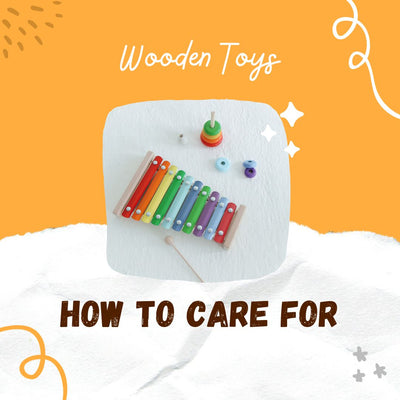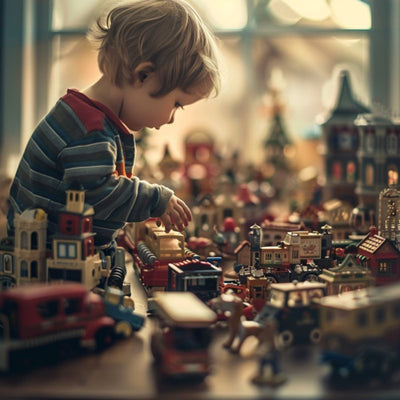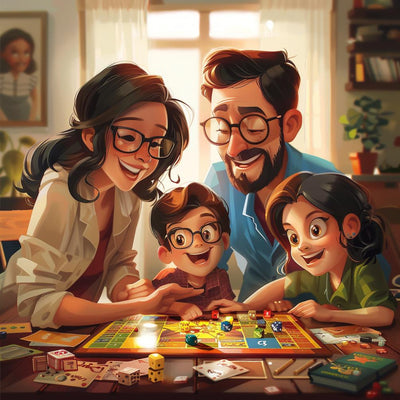The world of children's toys is a fascinating and dynamic realm, evolving with each generation to captivate the imaginations of the young and the young at heart. Understanding what toys children like involves delving into their developmental needs, interests, and the ways in which play contributes to their growth. In this blog, we will explore the diverse landscape of children's toys, shedding light on popular choices and the inherent benefits they provide.
- Age-Appropriate Choices:
Children's preferences in toys often vary based on their age and developmental stage. Infants are drawn to toys that engage their senses, such as soft rattles or colorful mobiles. Toddlers, on the other hand, may favour toys that encourage physical activity and exploration, like building blocks or ride-on toys. Older children may develop specific interests, gravitating towards toys related to their hobbies or favorite characters.
Parents and educators alike recognize the importance of toys that stimulate cognitive development. Educational toys come in various forms, including building blocks, puzzles, and interactive games. These toys not only entertain but also foster skills like problem-solving, critical thinking, and creativity. For example, construction toys can enhance spatial awareness and fine motor skills, while educational games may introduce math and language concepts in an enjoyable way.
- Imaginative Play:
Children have a natural inclination towards imaginative play, creating their own worlds and scenarios. Toys that facilitate imaginative play, such as dolls, action figures, and playsets, are immensely popular. These toys allow children to express themselves, develop social skills, and explore different roles and relationships. A cardboard box can transform into a spaceship, and a simple doll can become a superhero on a thrilling adventure.
- Technology and Interactive Toys:
In the digital age, children are growing up surrounded by technology. Interactive toys, such as tablets with educational apps or programmable robots, are increasingly popular. These toys merge entertainment with learning, offering a modern approach to skill development. However, striking a balance between screen time and traditional play remains crucial for a well-rounded childhood.
- Outdoor and Active Play:
Physical activity is vital for a child's overall development, and toys that encourage outdoor play are perennial favorites. Bicycles, scooters, sports equipment, and playground structures are alluring choices. Outdoor play not only promotes physical health but also enhances social skills as children interact with their peers in a different setting.
- Gender-Neutral Toys:
The toy industry has seen a positive shift towards gender-neutral options, challenging stereotypes and promoting inclusivity. Children are now encouraged to explore a wide range of toys without conforming to traditional gender norms. Building blocks, art supplies, and science kits are examples of toys that appeal to all children, irrespective of gender.
Understanding what toys children like involves recognizing the diverse needs and interests of each child. From age-appropriate choices to toys that stimulate cognitive development and encourage active play, the world of children's toys is a rich tapestry that contributes significantly to their growth and well-being. As parents, caregivers, and educators, fostering a balanced and enriching play environment ensures that children not only have fun but also develop essential skills that will serve them well throughout life.





